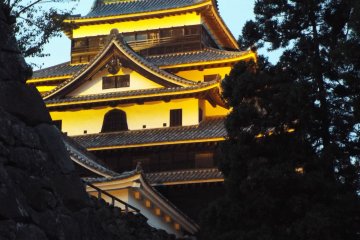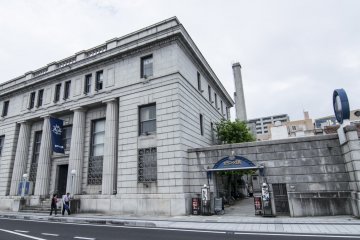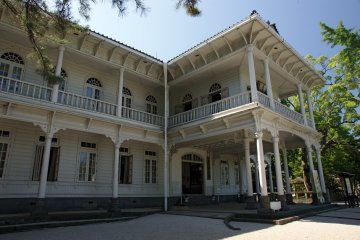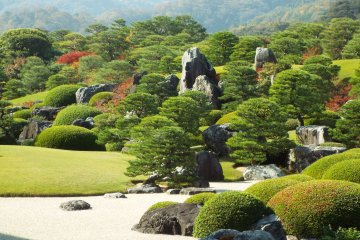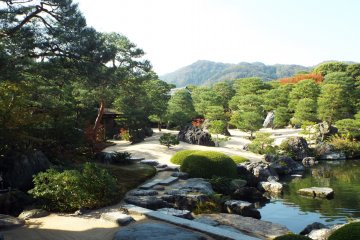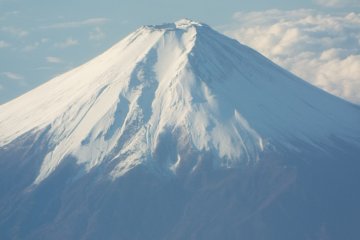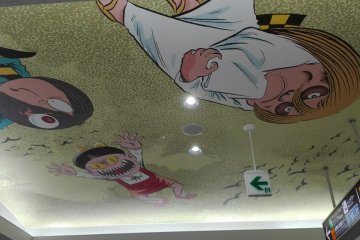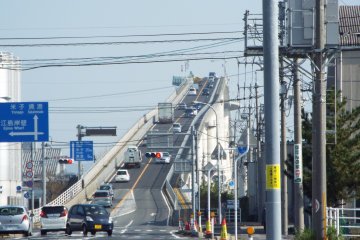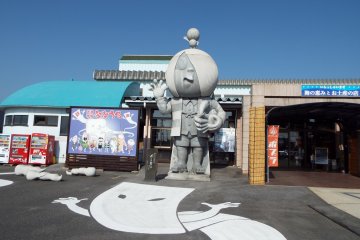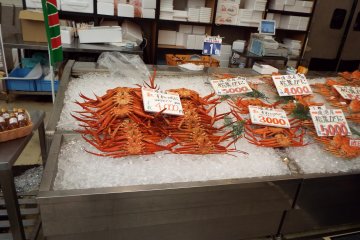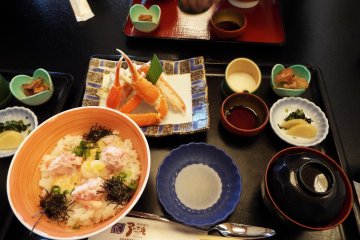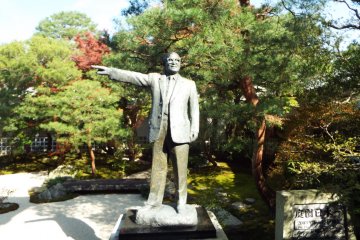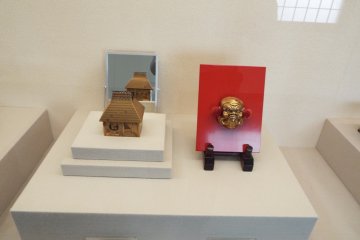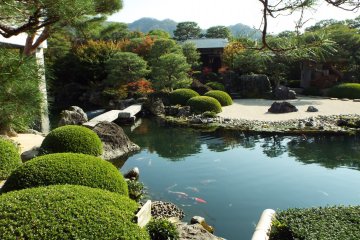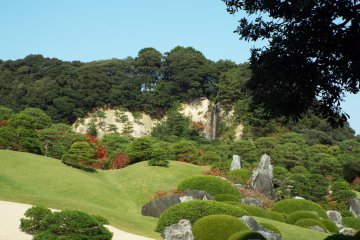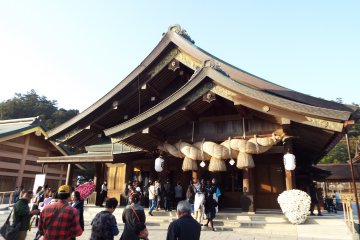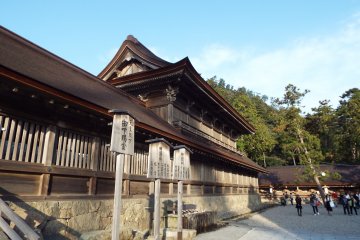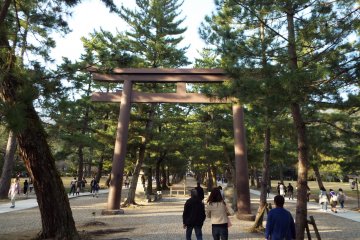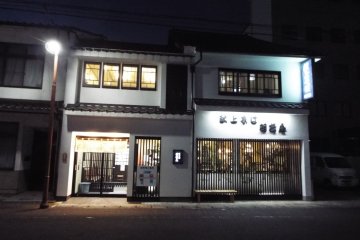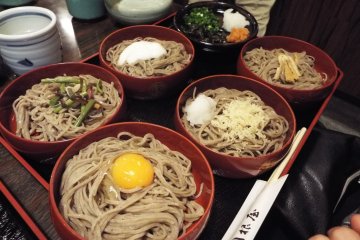Shimane is the second least populated prefecture in Japan, but is filled with many awesome attractions.
After a very pleasant 80-minute early morning flight from Haneda to Yonago-Kitaro Airport, Miwa’s cousin rented a car and we drove to the Eshima Ohashi Bridge. This is the world’s third largest bridge of its kind with a 6.1 percent gradient. It was designed to allow large ships to pass through. When viewed from the Shimane side it looks like you're going to drive off the bridge. We drove over and back to experience the steep grade. Miwa and I then walked up to the middle of the bridge to see what the view was like from the top. After the walk our stomachs told us it was time to eat, so we went to Shichirui Harbor fish market for some local seafood. It is the peak of crab season and the dish was excellent.
Our next stop was a 90-minute drive to Adachi Museum of Art. Founded by the late Adachi Zenko, the museum contains over 1500 paintings by some of the best Japanese contemporary artists. The museum includes one of the top gardens in Japan. Mr. Zenko loved landscaping and each garden is a work of art in itself. A U.S magazine, Journal of Japanese Gardening, has ranked this garden number one for thirteen straight years. It consists of the Reception Garden, Moss Garden, Dry Landscape Garden, Pond Garden, Kikaku Waterfall and White Gravel and Pine Garden. Each has an individual artistic atmosphere. Even though it was a crowded Sunday afternoon, the visitors were reverent with a peaceful quiet that made the experience all the more enjoyable. Inside the gallery were works by Yokoyama Taikan, Takeuchi Seiho, Kawai Gyokudo, Tomioka Tessai, Sakakibara Shiho, Uemura Shoen and others. You need to allow at least two hours or more to walk through all the buildings. There were traditional teahouses serving tea, several coffee and gift shops. Shimane Prefecture is very interested in attracting foreign visitors. Most attractions offer big discounts if you show your passport or residence card. This museum game me a 50% discount off the regular 2,200-yen entrance fee.
Our last attraction of the day was Izumo Taisha Grand Shrine. The main hall is the tallest shrine building in Japan at 24 meters (78.7 feet) in height. This shrine is believed to be the oldest Shinto shrine in Japan, even predating the Ise Grand Shrine, which we visited earlier this year. The hall and surrounding buildings became a Japanese National Treasure in 1952. There are 72 annual festivals, from praying for a good crop, to living a happy life. The grounds are so large that you will get an extra bonus of good health just from the walk.
Shimane Prefecture is famous for Soba and when we left the Grand Shrine we drove to Haneya Restaurant in Izumo city. It was only this year that I became a huge soba fan and it was the treat of a lifetime. Most Japanese soba contains some flour, but Shimane soba uses 100% buckwheat. We were served five different soba dishes stacked on top of each other. The food was so good I did not want the meal to end. Our stomachs were full and it was difficult staying awake during the drive back to our hotel in Matsue.
This is just a sneak preview of the many attractions available in Shimane Prefecture.



